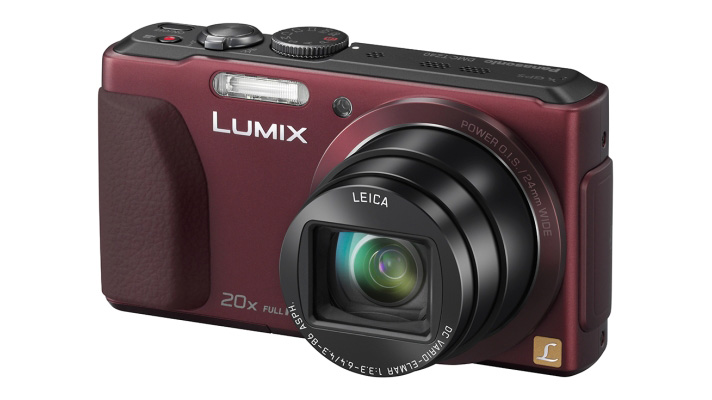Why you can trust TechRadar
There's actually very little to distinguish the body of the Panasonic TZ40 from its predecessor, the Panasonic TZ30, nor indeed between it and the Panasonic TZ35 - the camera which sits just below it in the Lumix lineup.
It's somewhat astonishing that Panasonic has managed to cram a 20x optical zoom optic into the slim body of the Panasonic TZ40, which is pocket sized, making it the ideal companion for travelling photographers.
A small grip on the right of the camera makes it pretty comfortable to hold, even when using the camera one-handed. With all the controls on the right side of the camera, you can change the majority of the settings with your thumb when you want to use physical buttons. The Panasonic TZ40, unlike the Panasonic TZ35, has a touchscreen, which can be used to make changes to other settings.
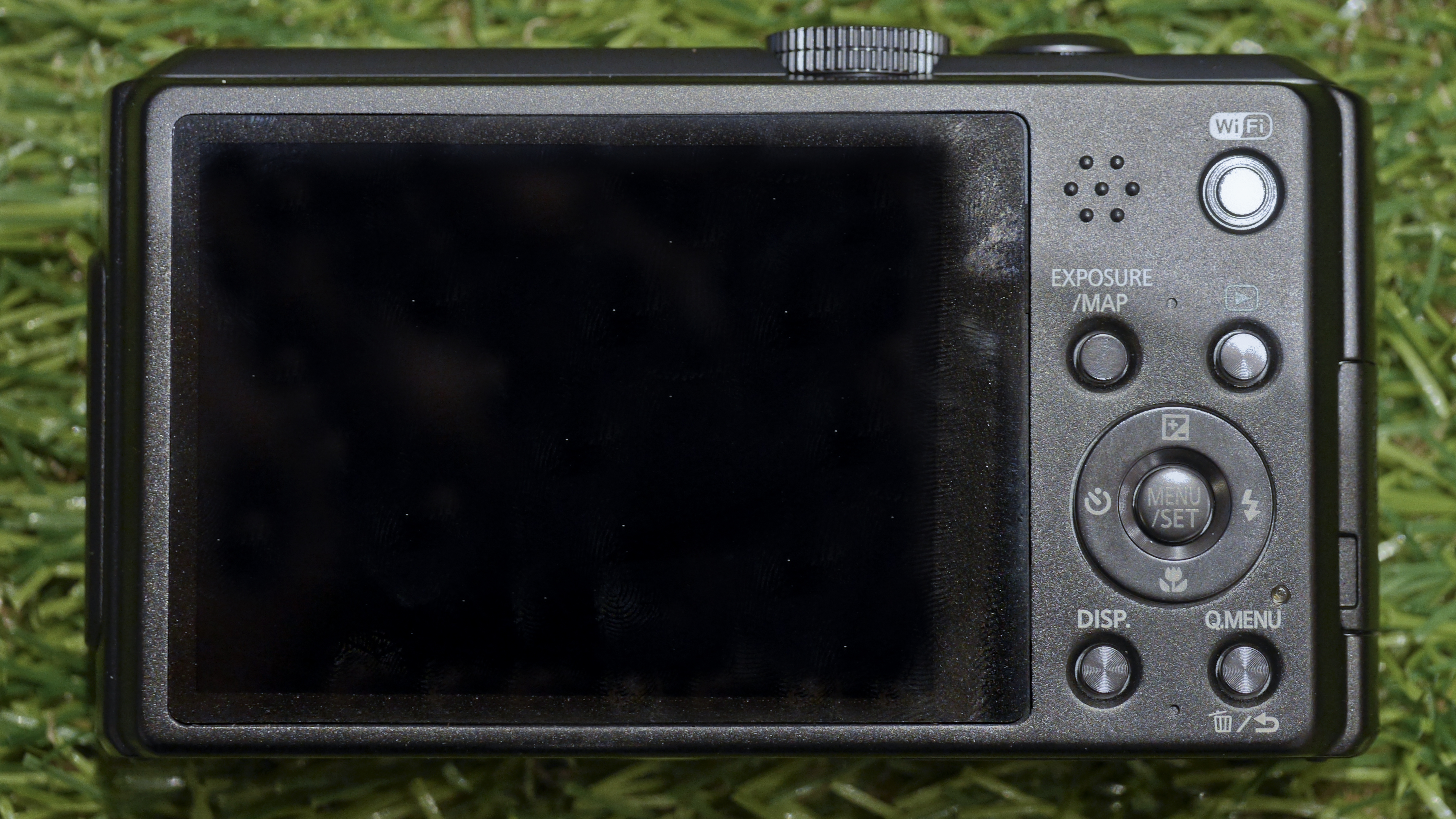
On the top of the camera is a mode dial, giving immediate access to all the different key functions the camera offers, such as semi-automatic modes and manual modes (P/A/S/M). There are also fully automatic, digital filters, panoramic and scene modes that can be accessed from here.
Handily, there's also room for two custom settings slots, which is useful if you find you're often using the same combination of settings - for example high sensitivity for low light situations.
Also on top of the camera is the shutter release, around which a zoom switch is found. Using this is fairly quick and fluid, which is great news, considering we're talking about a 20 zoom length.
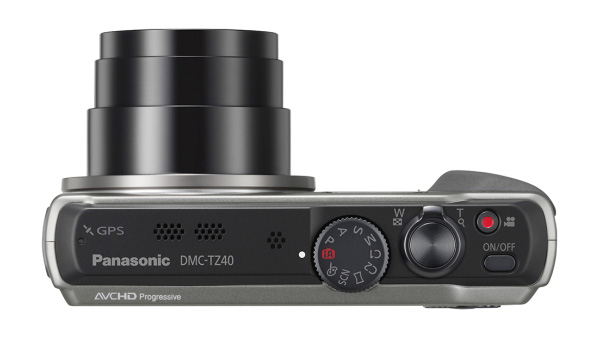
As the lens hits the top reach of the optical zoom, it stops zooming, requiring you to push the switch again to activate the digital zoom. This is a good way to prevent you accidentally slipping into the digital zoom if you don't want to use it.
Like on the Panasonic TZ35, a Quick Menu button can be found at the bottom-right of the back of the camera. This saves you from having to delve into the extensive full menu and gives you options to change the key everyday settings, such as ISO and white balance.
The number of options available in this menu changes depending on the shooting mode being used. For instance, there's a more extensive amount when shooting in the semi-automatic and fully manual modes.
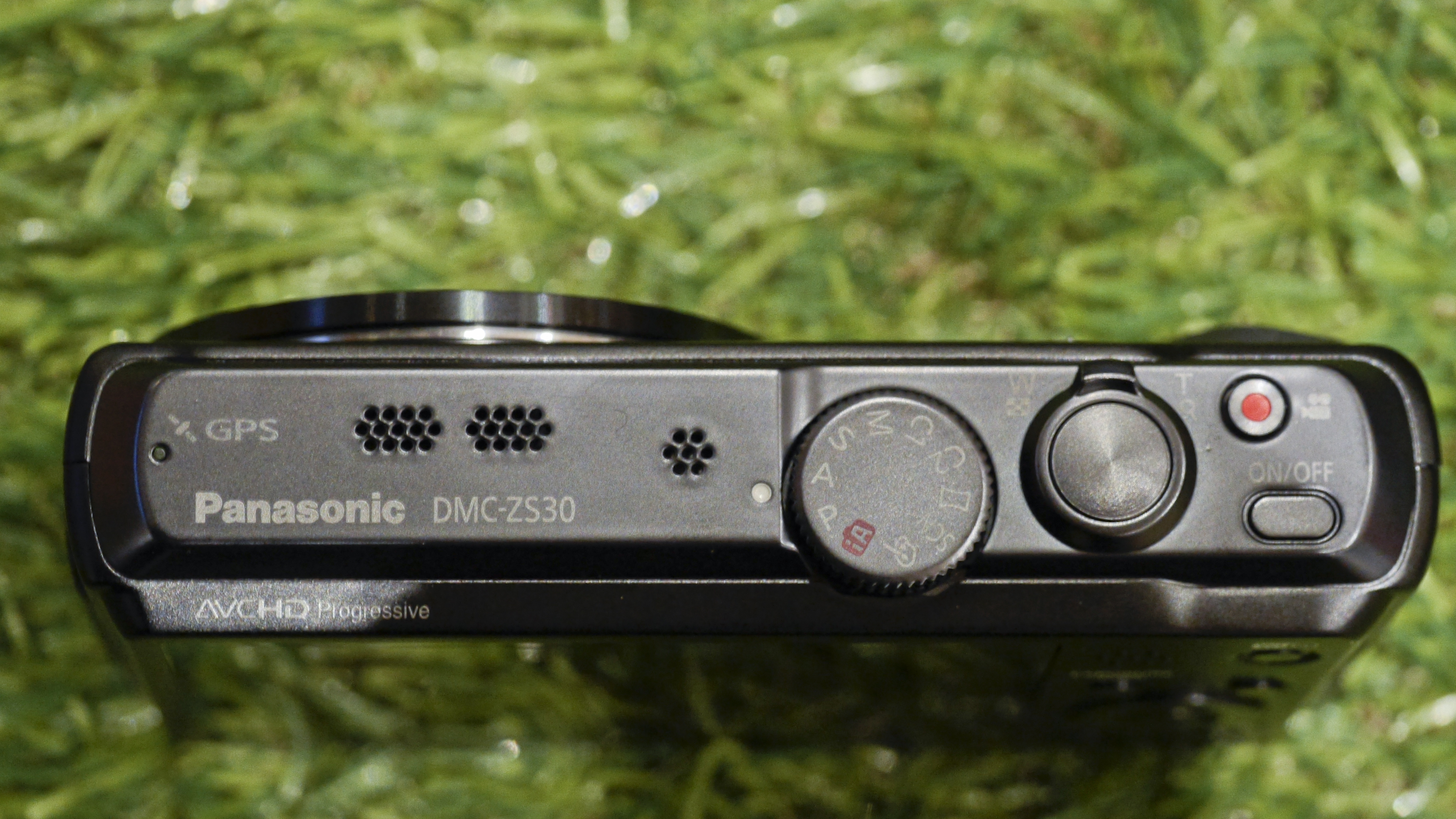
Sitting just above the keypad is an exposure button, which can be used when shooting in semi-automatic and fully manual modes. While in aperture priority mode, this button needs to be pressed before using the right and left keys to alter the aperture value.
When in fully manual mode, the exposure button can be used to access both shutter speed and aperture settings, requiring either an upwards, downwards or left or right push on the directional keypad to make changes.
Unlike the Panasonic TZ35, you're able to change the autofocus point on the Panasonic TZ40, when shooting in more advanced modes. This can be done by simply tapping the screen at the point you want to focus. You can also have the camera release the shutter via the touchscreen as well, which is handy for capturing quick shots, or when the camera is mounted on a tripod.
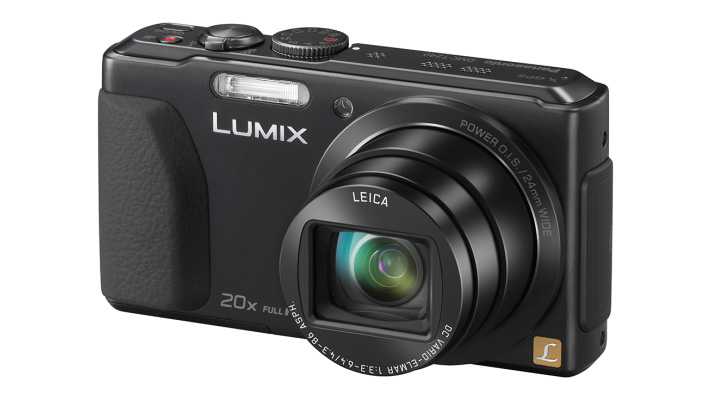
As with the TZ35, Panasonic has refreshed the way that the TZ40 plays back images. Previously, you had to flick a physical switch to put the camera either in playback or capture mode, which was a little annoying if you forgot to push the switch back.
Now, however, there's a single playback button that can be accessed no matter what the mode. And simply half-pressing the shutter overrides the playback, if you want to quickly get back to shooting.
Anybody familiar with Panasonic's G series of compact system cameras will feel at home with the menu layout of the Panasonic TZ series. It's fairly sensible, with the majority of settings and changes being easy to find.
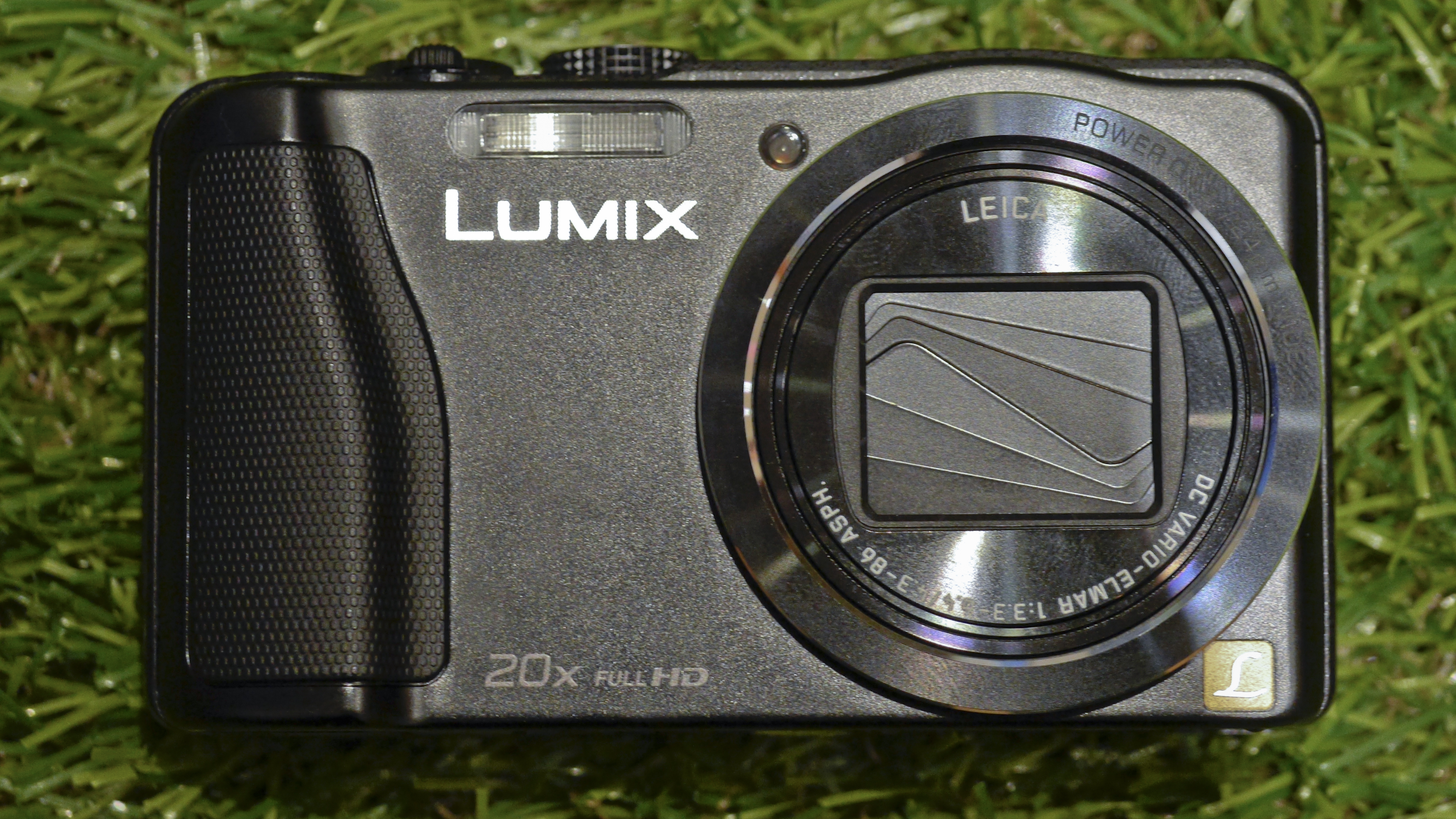
You'll find separation between recording options (such as image size), motion picture options and general setup options (such as setting the time zone). Because this camera is equipped with GPS, there's also a section for making changes to this option. Anybody with a G series CSC might want to consider a Panasonic TZ40 as a backup (or more pocket-friendly) camera.
The Panasonic TZ40 is equipped with NFC, Wi-Fi and GPS. This means that files can be shared by tapping it against a device with NFC, it can be remotely controlled via a free smartphone app and you can log where you've been.
If you have an NFC-enabled device, a mere tap together of the two will get you the access you need, but if you don't, you can connect to the camera via Wi-Fi by entering a password.
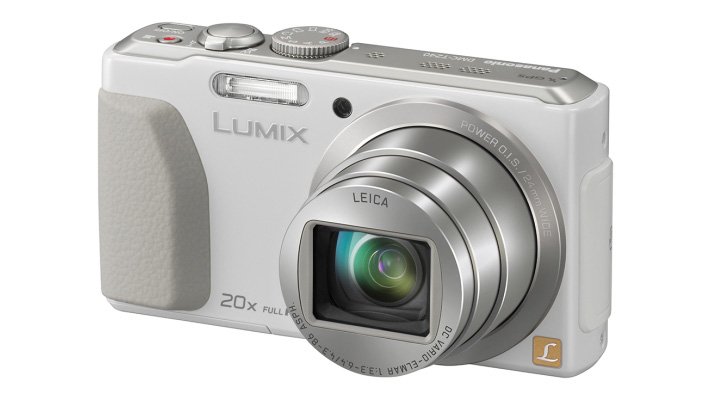
A free downloadable app is available for iOS and Android devices, and is very easy and quick to use. From the app you can control the optical zoom, change the autofocus point, release the shutter, change the aperture and shutter speed and play back images and save them to your phone.
There's also built-in functionality that means you can send images from the camera if you're connected to a Wi-Fi network. Unfortunately you will need a Lumix Lifestyle account to do this, since there's no way to send them using your own email account. Still, it's a nice addition.
The camera's GPS logging facility means that you can keep a log of where you've been with the camera. Handily, a light next to the GPS signal at the top of the camera remains on when GPS is activated, to alert you. This acts as a reminder so that you can turn it off when you don't want to use it, to conserve battery power.
Amy has been writing about cameras, photography and associated tech since 2009. Amy was once part of the photography testing team for Future Publishing working across TechRadar, Digital Camera, PhotoPlus, N Photo and Photography Week. For her photography, she has won awards and has been exhibited. She often partakes in unusual projects - including one intense year where she used a different camera every single day. Amy is currently the Features Editor at Amateur Photographer magazine, and in her increasingly little spare time works across a number of high-profile publications including Wired, Stuff, Digital Camera World, Expert Reviews, and just a little off-tangent, PetsRadar.
